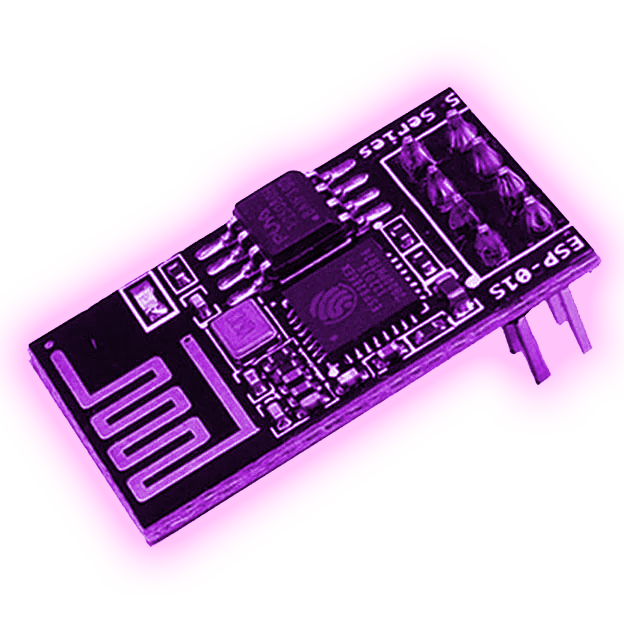- 4 Posts
- 4 Comments
Joined 4 months ago
Cake day: March 7th, 2025
You are not logged in. If you use a Fediverse account that is able to follow users, you can follow this user.

 5·2 months ago
5·2 months agoFor the IRF1404Z, under the absolute maximum ratings, continuous drain current is given as 140A. If it was for something like picoseconds, it doesn’t seem meaningful labeling it ‘continuous current’?

 1·4 months ago
1·4 months agoThank you, will give that a go :)



Here’s a script I use a lot that creates a temporary directory, cds you into it, then cleans up after you exit. Ctrl-D to exit, and it takes you back to the directory you were in before.
Similar to what another user shared replying to this comment but mine is in bash + does these extra stuff.
#!/bin/bash function make_temp_dir { # create a temporary directory and cd into it. TMP_CURR="$PWD"; TMP_TMPDIR="$(mktemp -d)"; cd "$TMP_TMPDIR"; } function del_temp_dir { # delete the temporary directory once done using it. cd "$TMP_CURR"; rm -r "$TMP_TMPDIR"; } function temp { # create an empty temp directory and cd into it. Ctr-D to exit, which will # delete the temp directory make_temp_dir; bash -i; del_temp_dir; } temp